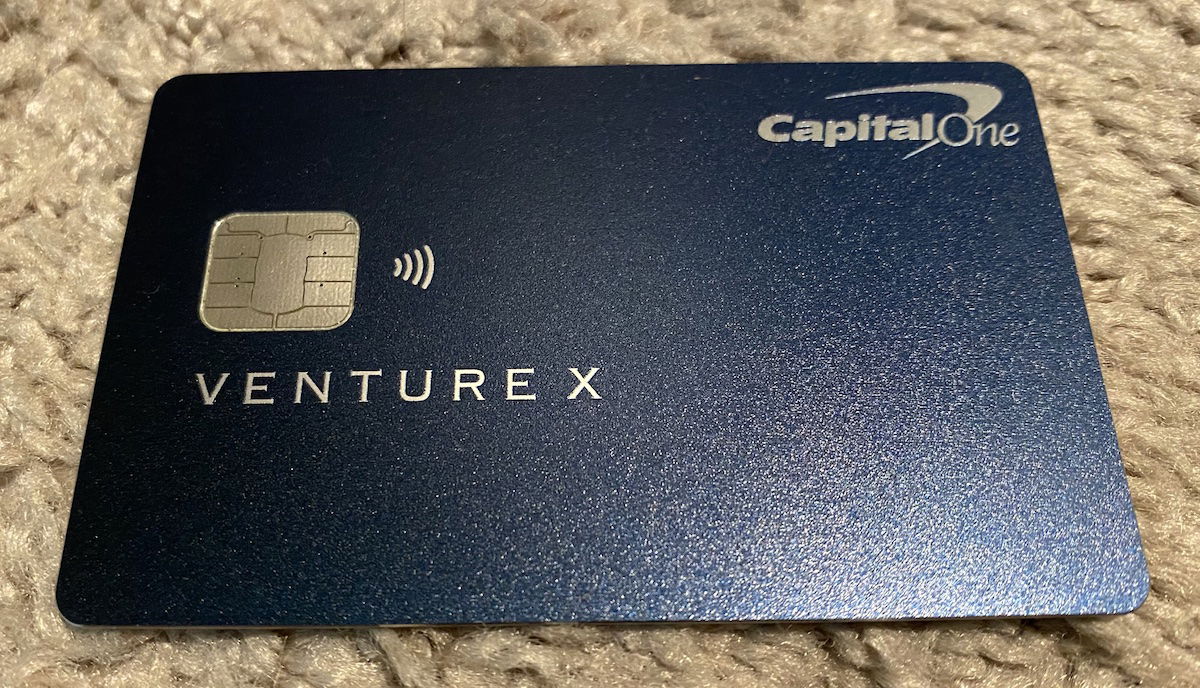We often generically use the term “credit card” to refer to cards that allow us to make purchases that we can pay for later. However, there are also charge cards (often referred to as hybrid cards, or cards with no preset spending limits).
In this post, I wanted to cover the differences between these cards, as there are some important distinctions. What’s the difference between a charge card and a credit card?
In this post:
What makes a charge card different than a credit card
What separates a charge card from a credit card? It’s possible that you’ve been using a charge card without even knowing it, so let’s cover the details, in no particular order…
Charge cards have no preset spending limit
Probably the most obvious thing that separates a charge card from a credit card is that the former has no preset spending limit, while the latter has a credit limit.
On a traditional credit card, you have an exact published maximum amount of credit that you’ll be extended, and you can’t exceed that. However, on a charge card, the maximum amount you can spend isn’t published.
Now, to be clear, that doesn’t mean you can spend an unlimited amount. There’s still a maximum amount you can spend, it’s just that you’re not told what that is. Charge cards are also more likely to adjust to your spending patterns over time, so you may quickly notice that your ability to spend increases.
On balance, cards with no preset spending limit generally allow you to spend more than cards with specific credit lines, but that’s not always the case.
Charge cards have to be paid in full each billing cycle
On a credit card, there’s a minimum balance you have to pay each billing cycle, but then you can finance the rest of your bill over time. I generally wouldn’t recommend doing this, since credit card interest rates can be really high, so it’s not how I’d advise accessing money.
With charge cards, you generally have to pay your balance in full each billing cycle. This distinction gets blurred a bit, because a lot of charge cards will let you enroll in a plan to pay over time. However, this is something that you generally have to explicitly opt into, and it’s not offered on all cards, unlike on credit cards.
Charge cards don’t count toward credit utilization
Maintaining a good credit score is important, and credit utilization makes up 30% of your credit score. Credit utilization is how much of your available credit you’re using, typically measured at the time that your statement closes (though there are some tricks to lowering this).
While your spending patterns on credit cards count toward your credit utilization, your spending on charge cards doesn’t. That’s because there’s no preset spending limit, and therefore there’s no denominator for measuring your credit utilization.
Charge cards may require higher credit scores
While there are some credit cards for those with bad credit scores, there aren’t really charge cards for those with bad credit scores. I don’t think this impacts most OMAAT readers, since those of us into miles and points generally have good to excellent credit, which is required for many premium cards. Besides, we pick up these cards because of the rewards that they offer, rather than for access to a credit line.
The reason for this distinction is that there are plenty of secured credit cards for those who are building their credit. The same concept wouldn’t really work for a card with no preset spending limit.
The Amex five credit card limit is a consideration
Admittedly this is niche to the average consumer, but it’s worth pointing out how sometimes this distinction can impact whether you can get approved for a card. For example, Amex has a five credit card limit, whereby most consumers can’t get more than five credit cards from Amex, between personal and business cards.
However, the following cards, which don’t have a preset spending limit, don’t count toward that limit:
- American Express Platinum Card® (review)
- The Business Platinum Card® from American Express (review)
- American Express® Gold Card (review)
- American Express® Business Gold Card (review)
- American Express® Green Card (review)
No Preset Spending Limit means your Spending Limit is flexible. Unlike a traditional card with a set Limit, the amount you can spend adapts based on factors such as your purchase, payment, and credit history.
So this is an easy way to potentially hold onto more than five Amex cards at a time.

Should you get a charge card or a credit card?
Personally I have a mix of credit cards and charge cards. I decide to pick up cards based on their overall value proposition, rather than based on this specific distinction. Just as an example, the Capital One Venture X Rewards Credit Card (review) is a traditional credit card, while the Capital One Venture X Business (review) has no preset spending limit — I have both of them, and find them to both be worthwhile.
For some people I think the distinction will be more important. For example, if you frequently make very large purchases that would be close to the credit limit on a traditional credit card, then you might be better off with a charge card. That’s because those purchases wouldn’t count toward your credit utilization.
Conversely, if you don’t often make large purchases, there’s value to potentially having a credit card, so that your credit score can benefit from your spending patterns.

Bottom line
While most people know what a credit card is, fewer people are familiar with charge cards (or cards without preset spending limits, or hybrid cards, as they’re sometimes referred to). There are some significant distinctions, like charge cards not having a preset spending limit, having to be paid in full each billing cycle (at least without registering for some payment plan), not counting toward credit utilization, and more.
What’s your take on credit cards vs. charge cards?





If you have good credit and enough income you can raise your credit card credit lines. It is possible to go over the credit line if you have an existing relationship with the financial institution and if you regularly pay with no problem. Generally charge cards may have some useful benefits but are not good in terms of everyday purchases for the loyalty or return.
“ For example, if you frequently make very large purchases that would be close to the credit limit on a traditional credit card, then you might be better off with a charge card. That’s because those purchases wouldn’t count toward your credit utilization.”
Assuming you pay off your balance at the end of the month
“A big purchase will max out my credit line and I won’t be able to buy anything else without an...
“ For example, if you frequently make very large purchases that would be close to the credit limit on a traditional credit card, then you might be better off with a charge card. That’s because those purchases wouldn’t count toward your credit utilization.”
Assuming you pay off your balance at the end of the month
“A big purchase will max out my credit line and I won’t be able to buy anything else without an early payment (which may not be possible)” is a valid concern.
“A big purchase will drastically increase my credit utilization for a month and ding my credit score” is a concern for only the OCD folks who micromanage their credit scores, since once you pay off the balance (on time!) your credit score will pop right back to where it was.
I also viewed a card with no preset spending limit as one with a spending limit, but we won't tell you what it is. I, of course, will never be in a category where I'd have need of high limits.
The consumer side comparison is almost useless and boring.
The interesting part that you should blog about is what happens differently behind the scenes at the banks and other places.
Think of it this in an avgeek terms.
To an average passenger flying Part 91 121 135 doesn't look different at all, it's flying.
That's charge vs credit to you.
But behind the scenes, wow.
so... can you at least name even a single charge card so people can figure out what it is?
@ eric licht -- I named several cards with no preset spending limit in the post, including all the Amex cards listed, plus the Venture X Business.
I see, ok thanks. I guess the way it was written, the paragraph about those 5 cards doesn't read as if they are being highlighted as charge cards. It just talks about how they do not have spending limits, so maybe the connection just wasn't clear (like "these 5 cards are charge cards!").
@ eric licht -- Understood, my apologies. To be honest, the issue is that different card issuers have different ways that they name these kinds of cards. For example, Amex doesn't refer to any of these cards as charge cards, but rather as hybrid cards, or just as cards with no preset spending limits. But for all practical purposes, I'd consider them to be the same.